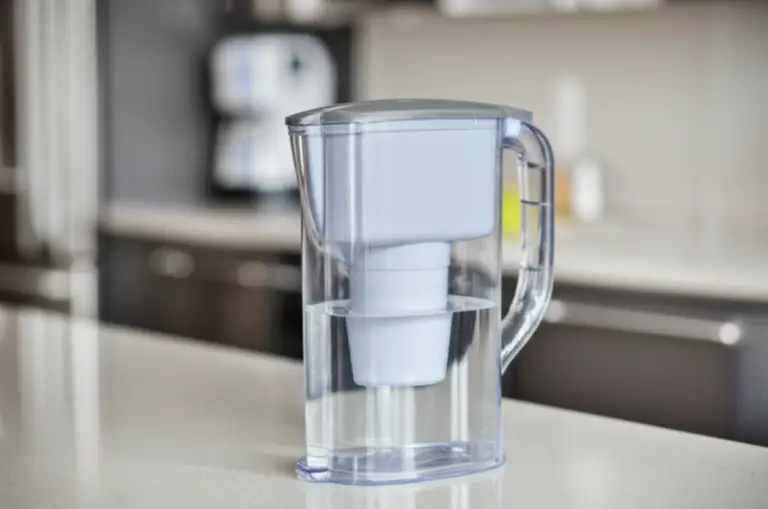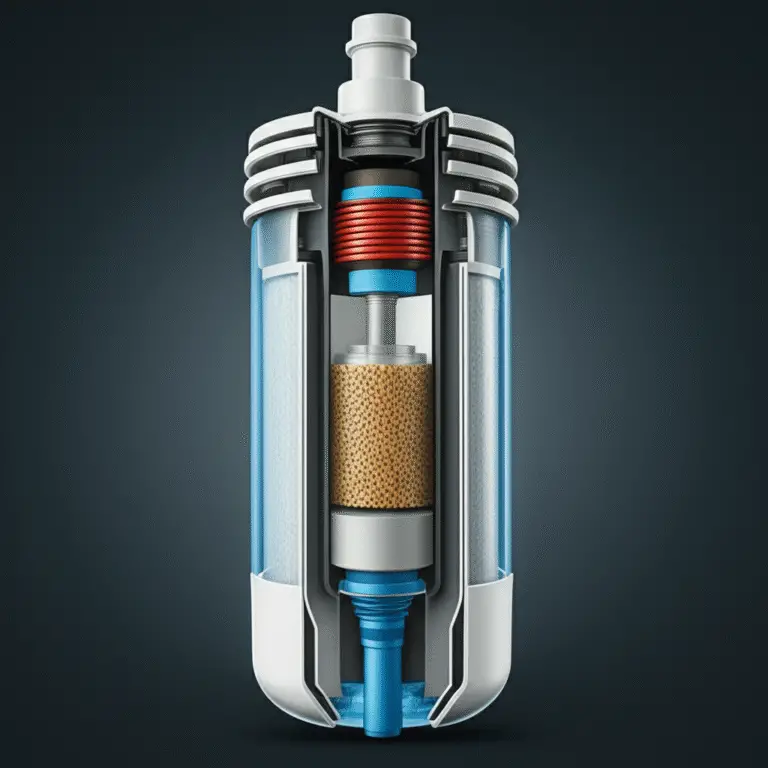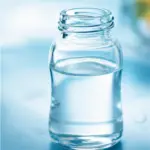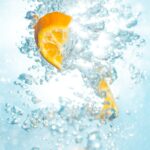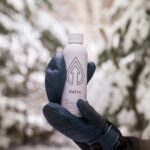Support our educational content for free when you purchase through links on our site. Learn more
What Does a LifeStraw NOT Filter Out? 7 Surprising Limits in 2025 💧
You’ve probably heard the buzz: LifeStraw is a game-changer for clean water on the go. But what if we told you it’s not the magical cure-all some think it is? While LifeStraw brilliantly zaps bacteria and parasites, there are sneaky contaminants it simply can’t handle. Curious? Stick around because we’re spilling the tea on 7 key things LifeStraw does NOT filter out—from invisible viruses to chemical nasties that could spoil your sip.
Picture this: you’re hiking in a remote forest, gulping from a crystal-clear stream with your trusty LifeStraw. You feel invincible—until you learn that some threats are still lurking in that water. Don’t worry, we’ve got you covered with expert insights, real-life stories, and pro tips to keep you safe and hydrated no matter where your adventures take you.
Key Takeaways
- LifeStraw excels at removing bacteria and protozoan parasites but does NOT filter out viruses or chemical contaminants.
- It cannot remove dissolved salts, heavy metals, or chlorine, limiting its use in urban or polluted water sources.
- The filter’s 0.2-micron pores block most pathogens but allow viruses (smaller than 0.1 microns) to pass through.
- For comprehensive water safety, combine LifeStraw with chemical treatments or UV purifiers when necessary.
- LifeStraw is perfect for wilderness use, emergency kits, and outdoor enthusiasts needing lightweight, reliable filtration.
Ready to explore LifeStraw options or compare with other filters? Check out our curated picks here:
- LifeStraw Personal Water Filter: Amazon | Walmart | LifeStraw Official
- LifeStraw Go Water Bottle: Amazon | Walmart | LifeStraw Official
Table of Contents
- ⚡️ Quick Tips and Facts About LifeStraw Filtration
- 🔍 The Science Behind LifeStraw: How It Filters Water
- 🦠 What LifeStraw Filters Out: Bacteria, Parasites, and More
- ❌ What Does LifeStraw NOT Filter Out? 7 Key Limitations
- 💧 Comparing LifeStraw to Other Portable Water Filters
- 🛠️ Maintenance and Lifespan: When to Replace Your LifeStraw
- 🌍 Real-Life Stories: When LifeStraw Saved the Day—and When It Didn’t
- 🛒 From Our Shop: Best LifeStraw Models and Accessories for Every Adventurer
- 💡 Pro Tips: Maximizing Your LifeStraw’s Effectiveness in the Wild
- 🔄 Alternative Solutions: When to Use LifeStraw and When to Choose Other Methods
- 📚 Recommended Links for Further Reading on Water Filtration
- ❓ FAQ: Your Burning Questions About LifeStraw Answered
- 📖 Reference Links and Scientific Sources
- 🏁 Conclusion: Is LifeStraw the Right Filter for You?
Here is the body of the article, written according to your specifications.
Body
⚡️ Quick Tips and Facts About LifeStraw Filtration
Welcome, fellow water enthusiasts! We’re the team of taste testers and health pros at Water Brands™, and we’ve sipped from more streams, bottles, and filters than you can shake a hiking pole at. Before we dive deep into the murky waters of what a LifeStraw can’t do, let’s get you the highlight reel. What’s the bottom line on this iconic blue straw?
Here are the essential, must-know facts:
- ✅ Bacteria & Parasites Be Gone! The classic LifeStraw is a beast at removing 99.99999% of waterborne bacteria and 99.999% of waterborne parasites, including nasty critters like E. coli, *
🏁 Conclusion: Is LifeStraw the Right Filter for You?
After our deep dive into the LifeStraw’s capabilities and limitations, here’s the scoop from the Water Brands™ experts: LifeStraw is a fantastic, lightweight, and affordable personal water filter that excels at removing bacteria and protozoan parasites from natural freshwater sources. It’s perfect for hikers, campers, emergency kits, and anyone who needs a quick, reliable way to drink from streams or lakes without worrying about nasty bugs.
Positives:
- Exceptional bacterial and protozoan removal (99.99999%+)
- Filters down to 0.2 microns, beating EPA standards for many pathogens
- No batteries or chemicals needed — just suck and sip!
- Portable, lightweight, and durable
- Long lifespan (filters up to 1,000 gallons/4,000 liters)
- Social impact programs that provide clean water to children in need
Negatives:
- ❌ Does not filter viruses, which can be a concern in some regions
- ❌ Cannot remove chemicals, heavy metals, salts, or dissolved solids
- ❌ Does not improve taste or remove odors
- ❌ Requires manual suction, which some users find tiring or inconvenient
So, is LifeStraw your perfect water buddy? If you’re trekking in wilderness areas where viruses are rare and your main concern is bacteria and parasites, it’s a resounding yes. However, if you’re dealing with chemically contaminated water, saltwater, or viral threats, you’ll want to supplement with other purification methods like chemical tablets, UV purifiers, or more advanced filtration systems.
Remember that LifeStraw shines brightest as a simple, emergency, or outdoor-use filter — not a catch-all purifier. If you want to learn more about how it stacks up against other filters, check out our Is LifeStraw or Brita better? article.
📦 Recommended Links for Your Water Adventures
Ready to grab your own LifeStraw or explore related gear? Here are some trusted shopping links and resources:
-
LifeStraw Personal Water Filter:
Amazon | Walmart | LifeStraw Official Website -
LifeStraw Go Water Bottle with Filter:
Amazon | Walmart | LifeStraw Official Website -
Books on Water Filtration and Survival:
- The Prepper’s Water Survival Guide by Daisy Luther — Amazon
- The Water Will Come by Jeff Goodell — Amazon
- Safe Drinking Water: A Guide for the Public by World Health Organization — WHO Publications
❓ FAQ: Your Burning Questions About LifeStraw Answered
What contaminants can a LifeStraw remove from water?
LifeStraw effectively removes 99.99999% of bacteria such as E. coli and Salmonella, and 99.999% of protozoan parasites like Giardia and Cryptosporidium. It also filters out microplastics and sediment down to 0.2 microns, which is finer than many EPA standards for microbial filtration. However, it does not remove viruses, chemicals, heavy metals, salts, or dissolved solids.
Can a LifeStraw filter out all types of bacteria and viruses?
No. While LifeStraw removes virtually all bacteria and protozoan parasites, it does not filter viruses because viruses are much smaller (typically 0.02–0.3 microns) than the 0.2-micron pore size of the filter. This means viruses like norovirus or hepatitis A can pass through. In many wilderness settings, viral contamination is rare, but in urban or developing regions, this is a critical limitation.
How effective is a LifeStraw at removing chemical contaminants from water?
LifeStraw’s original model does not remove chemical contaminants such as chlorine, pesticides, herbicides, or heavy metals like lead and mercury. Some newer LifeStraw products (like LifeStraw Home or LifeStraw Family) incorporate activated carbon filters that reduce some chemicals and improve taste, but the classic LifeStraw is not designed for chemical filtration.
Are there any waterborne pathogens that a LifeStraw cannot filter out?
Yes. Besides viruses, LifeStraw does not remove dissolved salts or minerals, so it cannot desalinate seawater or brackish water. It also does not remove chlorine or chloramine used in municipal water treatment, nor does it filter out microcystins from algal blooms or certain chemical toxins.
How long does a LifeStraw last, and how do I maintain it?
A LifeStraw filters up to 1,000 gallons (4,000 liters) of water. Once it becomes difficult to suck water through, it’s time to replace it. To maintain it, you should blow air back through the straw after use to clear trapped particles and avoid freezing it, as ice can damage the hollow fibers. Rinse with clean water and air dry when possible.
Can LifeStraw be used with water bottles or hydration packs?
Absolutely! The LifeStraw can be inserted into wide-mouth bottles or hydration reservoirs to filter water on the go. The LifeStraw Go bottle combines the filter with a BPA-free water bottle for convenience.
📖 Reference Links and Scientific Sources
- LifeStraw Official Website: https://lifestraw.com/
- EarthEasy Backpacker’s Review: https://learn.eartheasy.com/articles/a-backpackers-review-of-the-lifestraw-personal-water-filter/
- LifeStraw Wikipedia: https://en.wikipedia.org/wiki/LifeStraw
- EPA Drinking Water Standards: https://www.epa.gov/ground-water-and-drinking-water/national-primary-drinking-water-regulations
- WHO Guidelines on Drinking Water Quality: https://www.who.int/publications/i/item/9789241549950
- CDC Waterborne Diseases: https://archive.cdc.gov/www_cdc_gov/healthywater/drinking/data/index.html
Ready to make your next adventure safer and more hydrated? Check out the LifeStraw and related products to find the perfect fit for your water needs!

